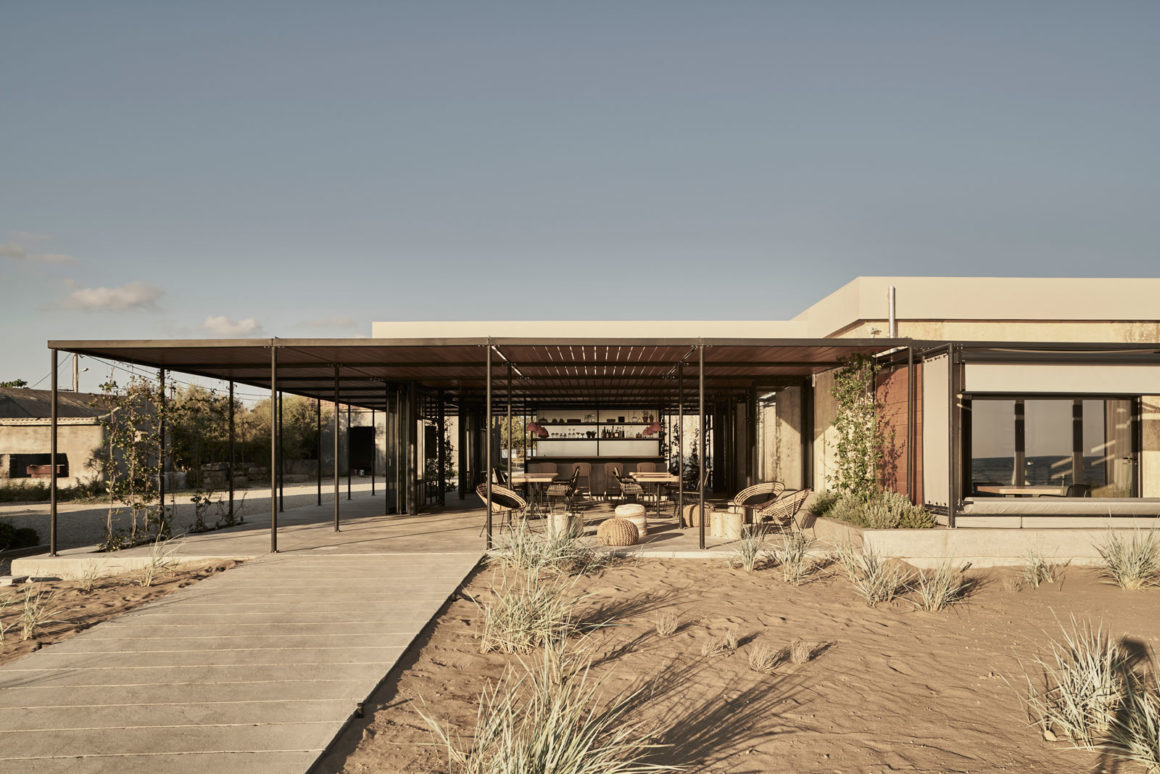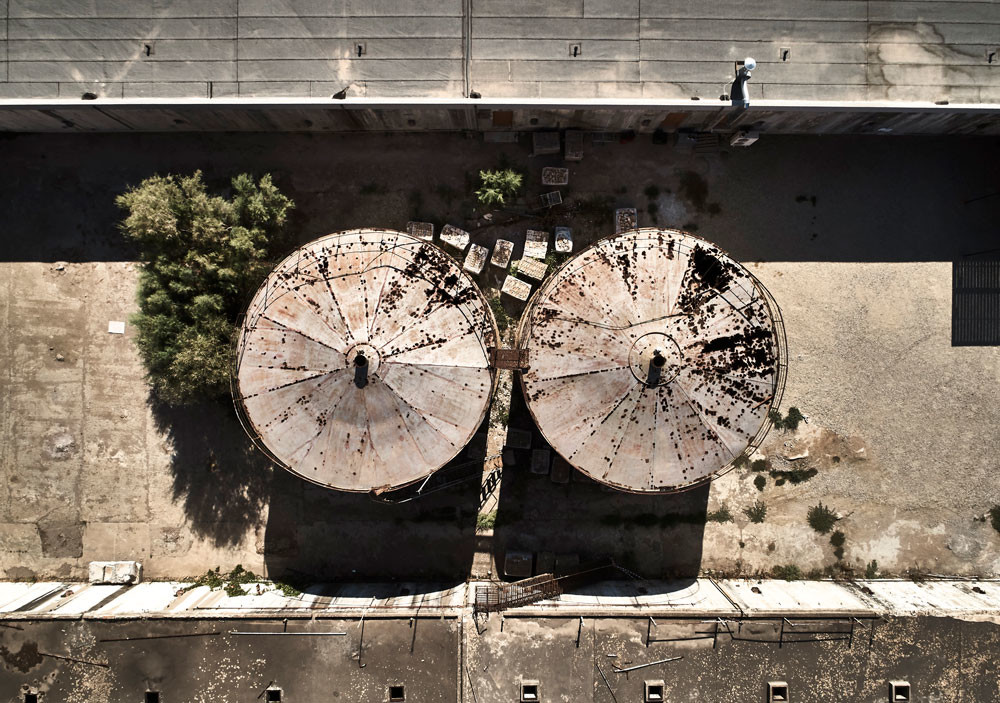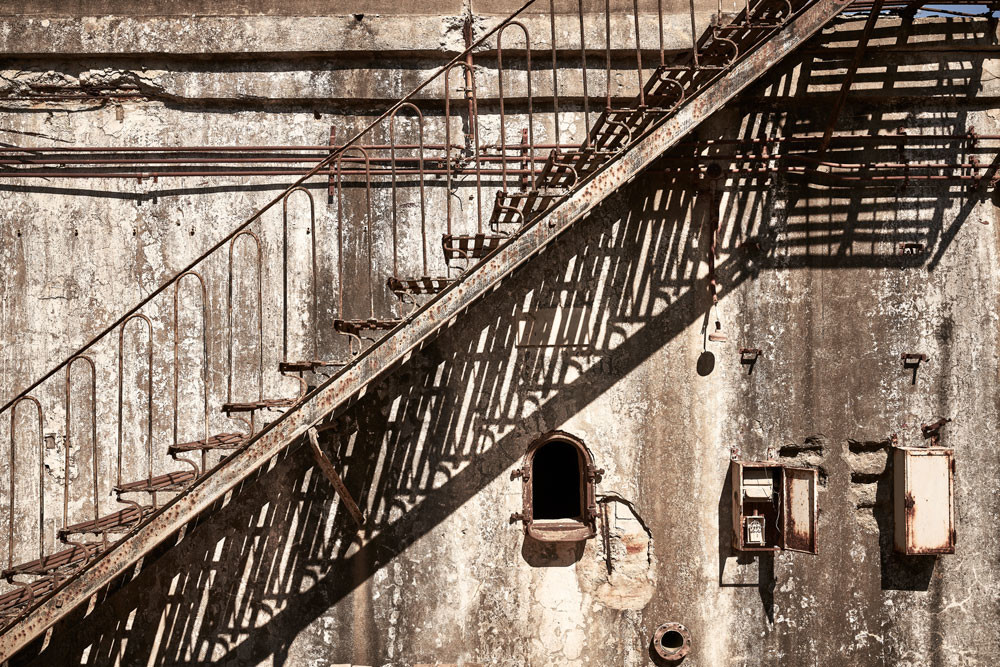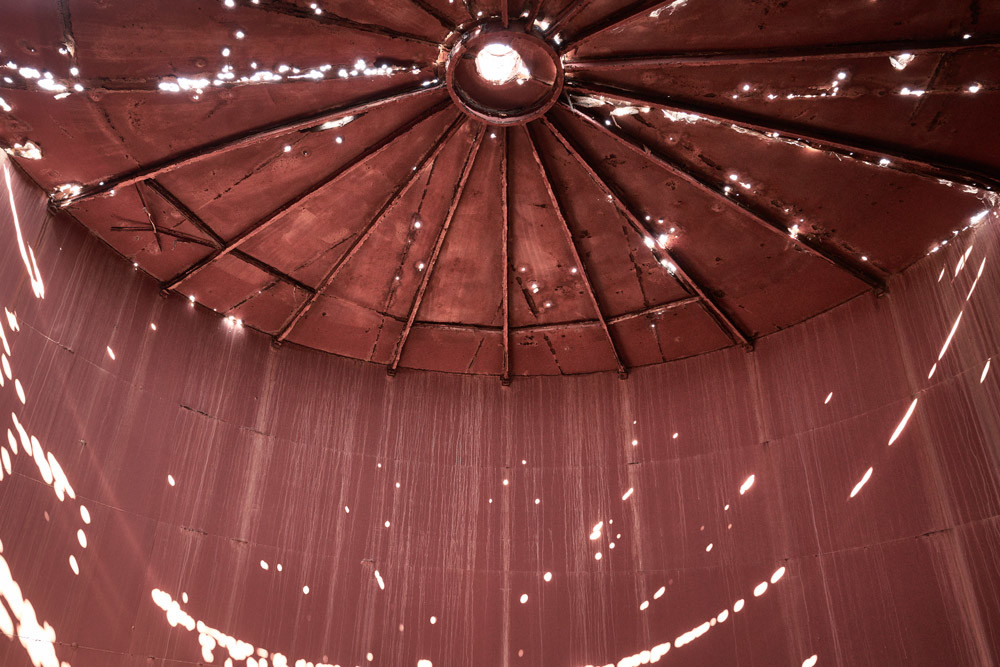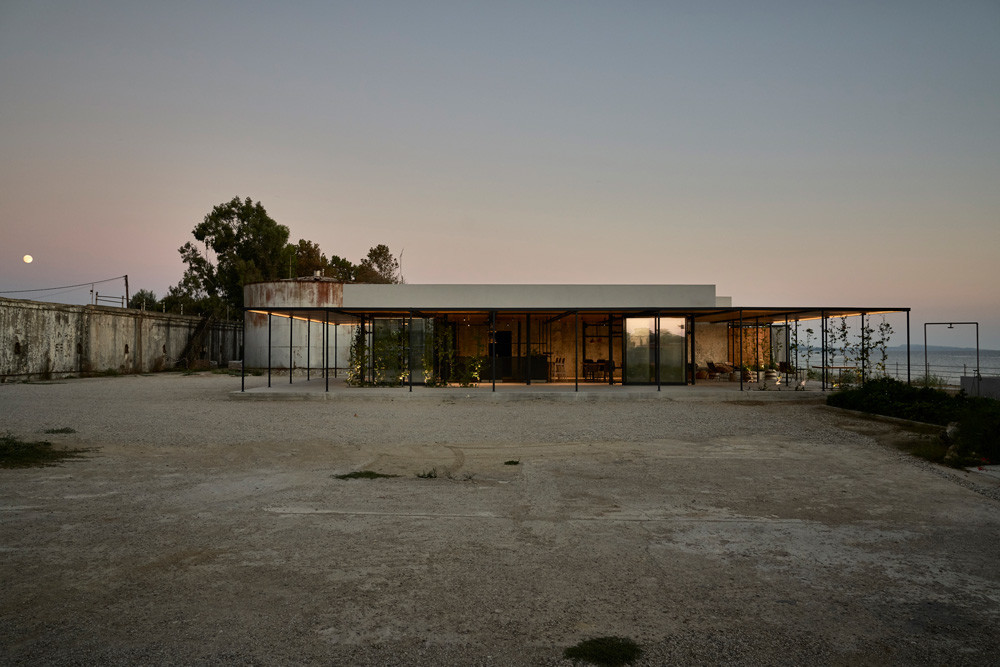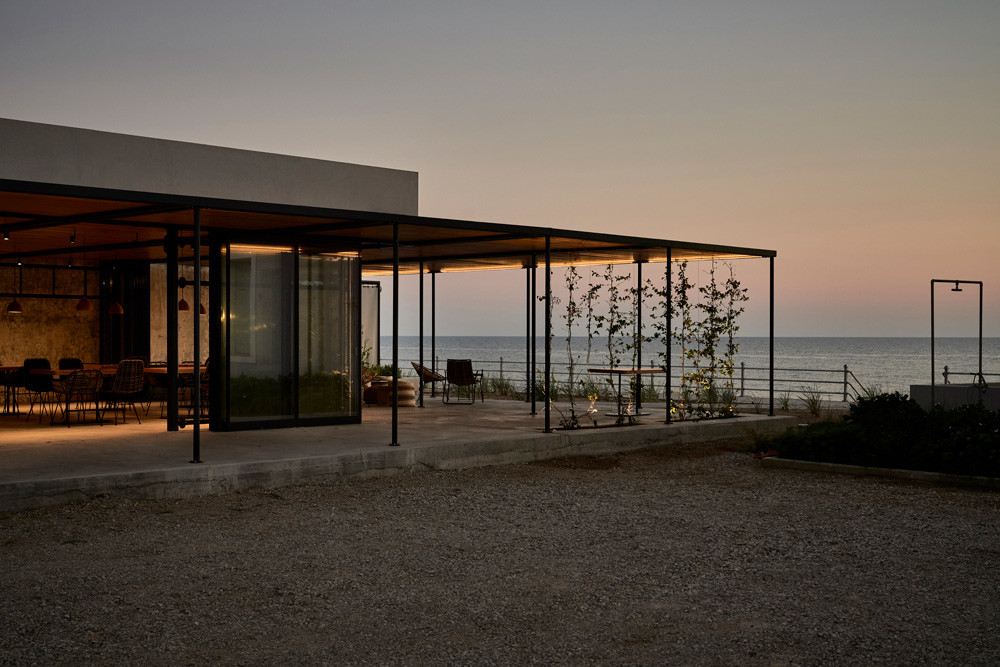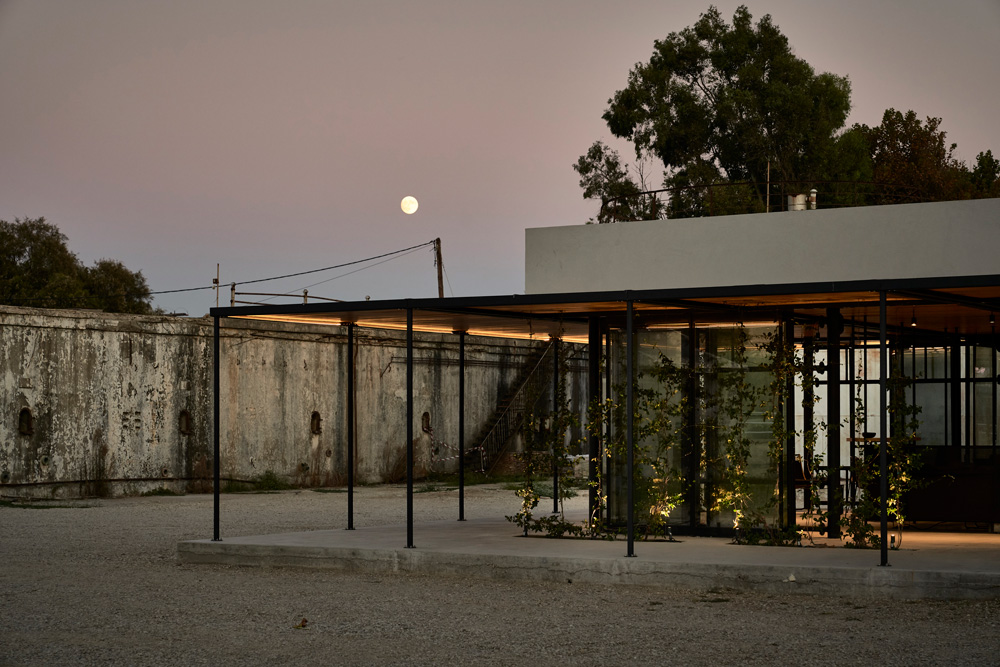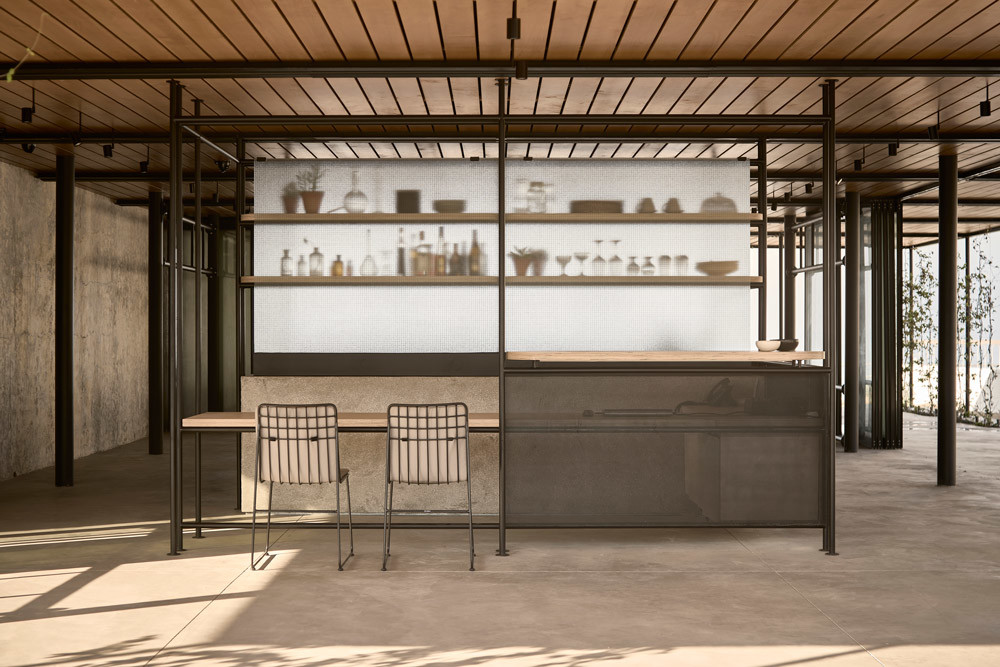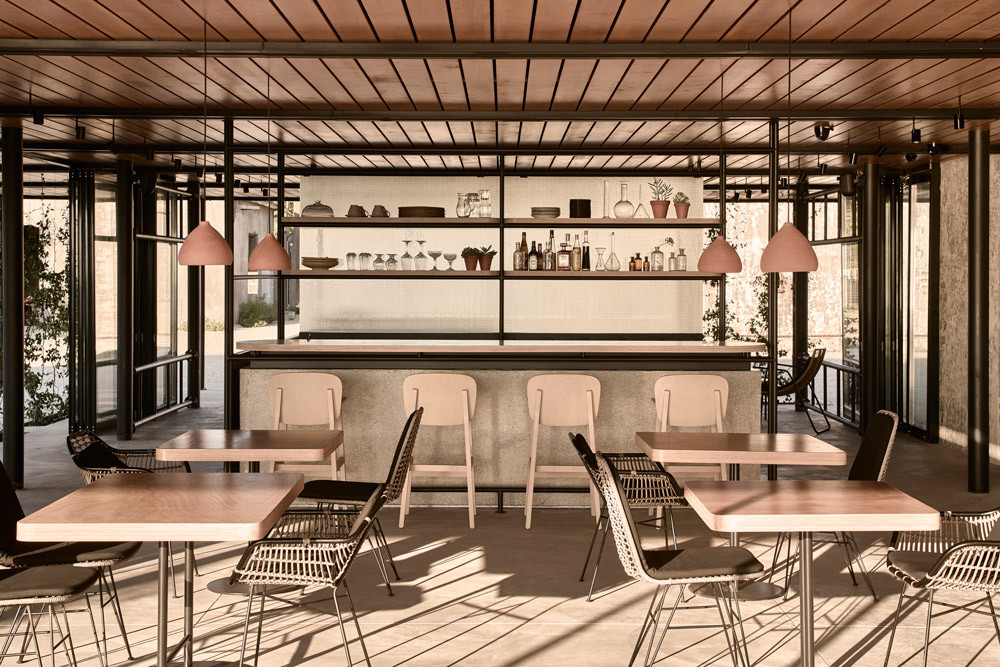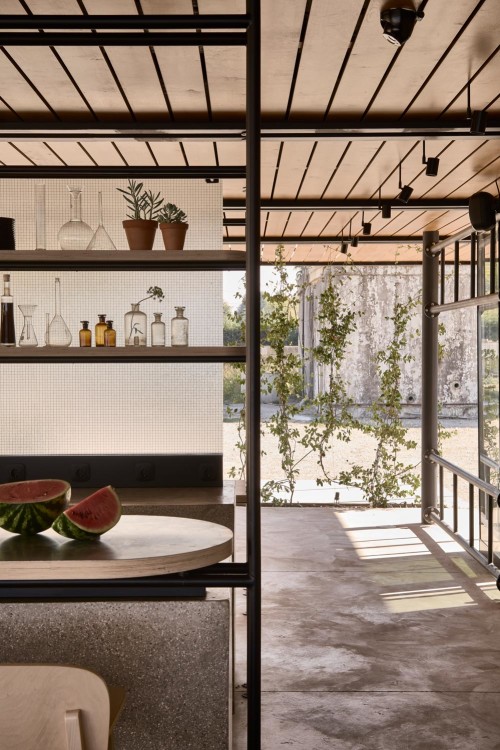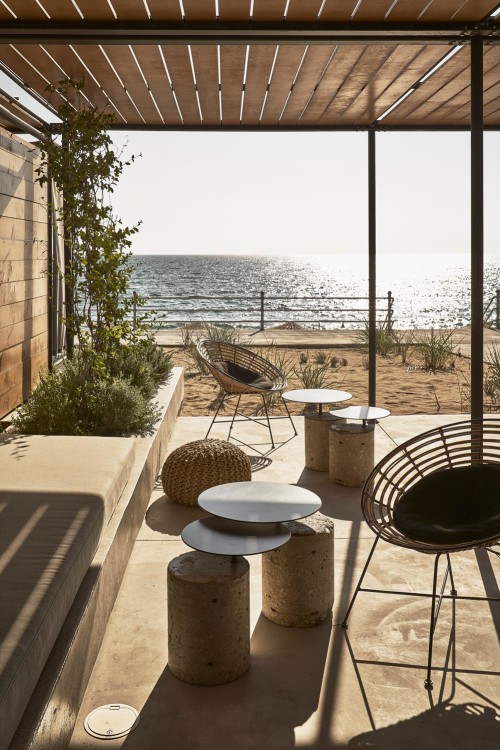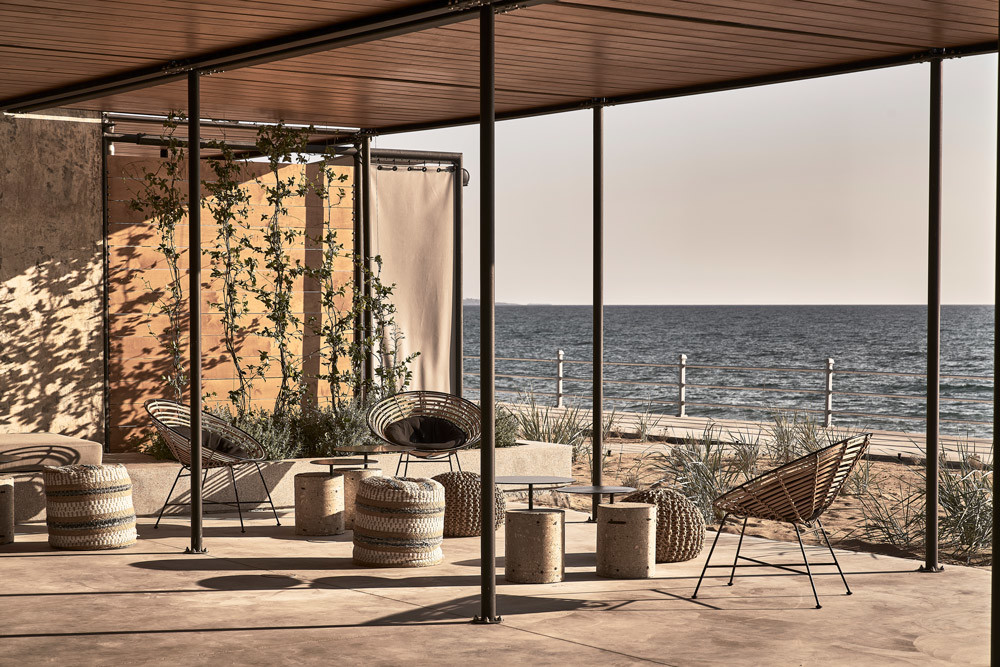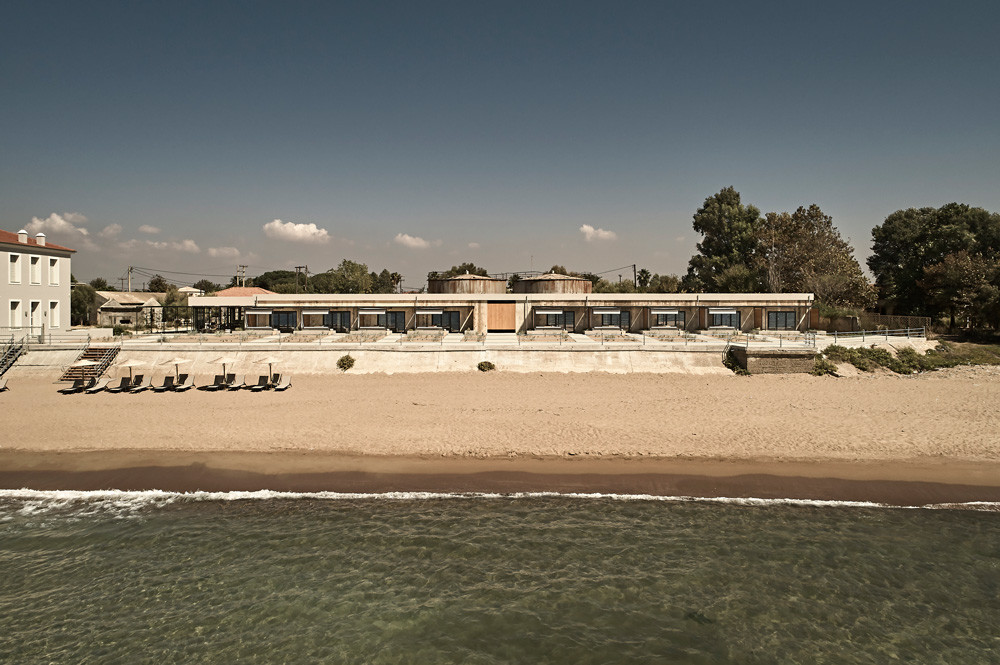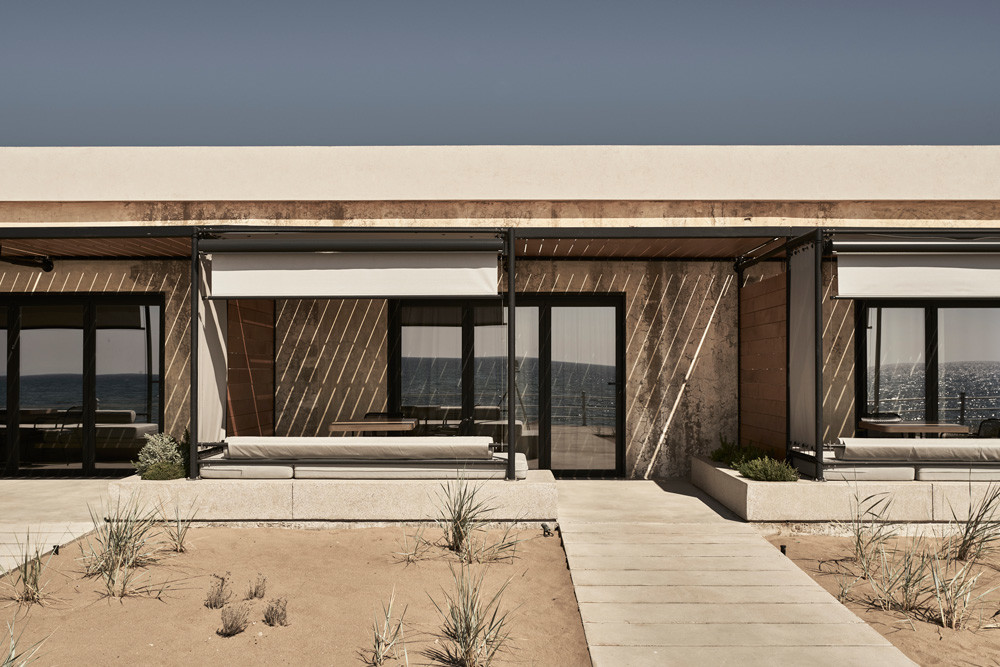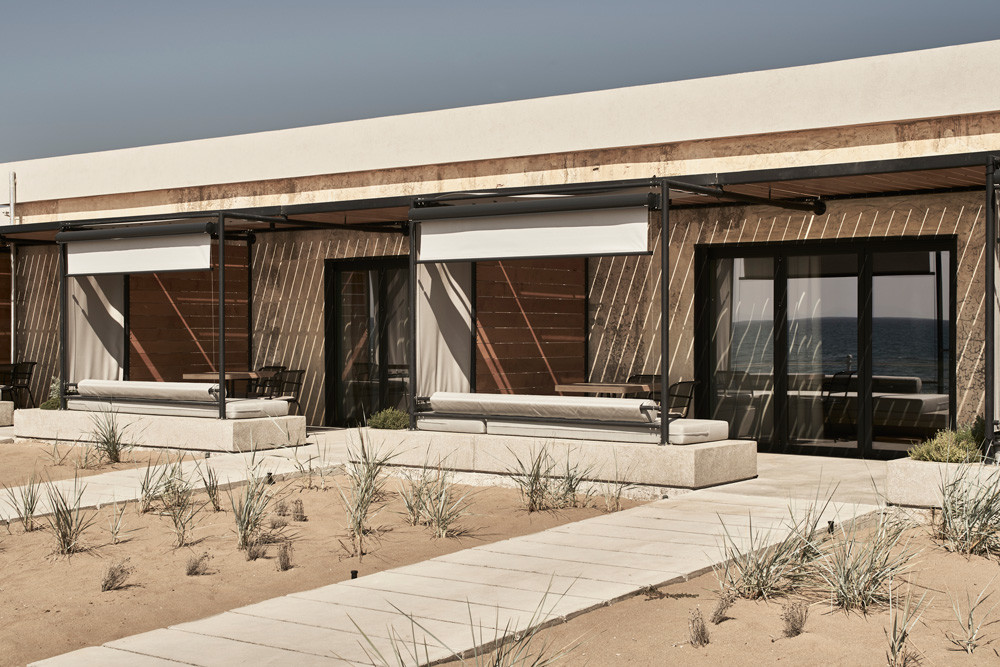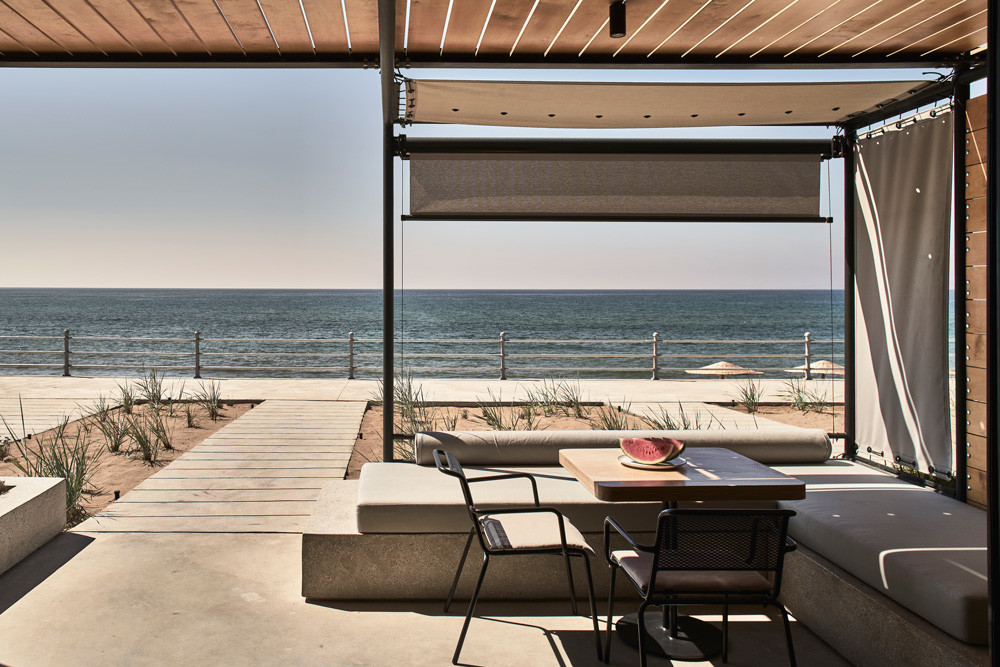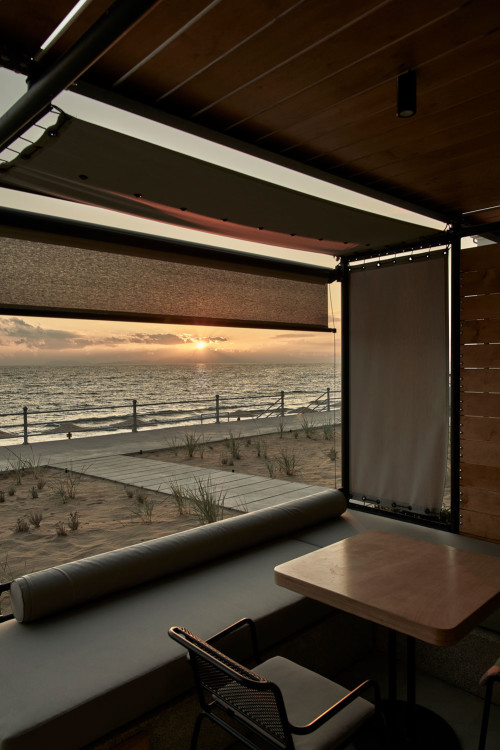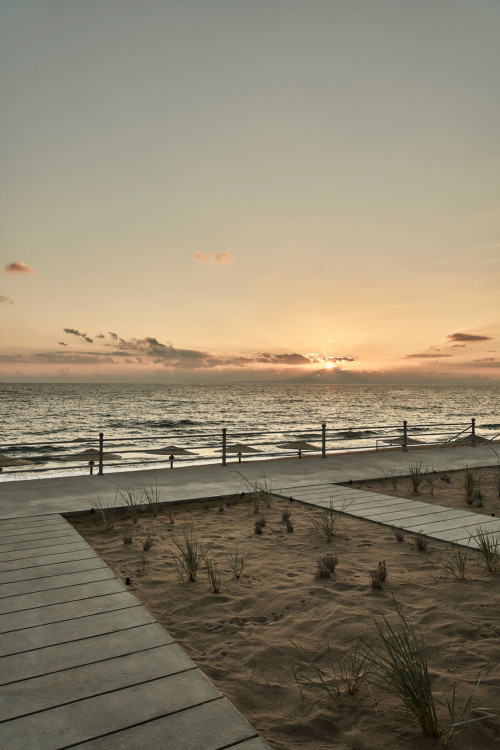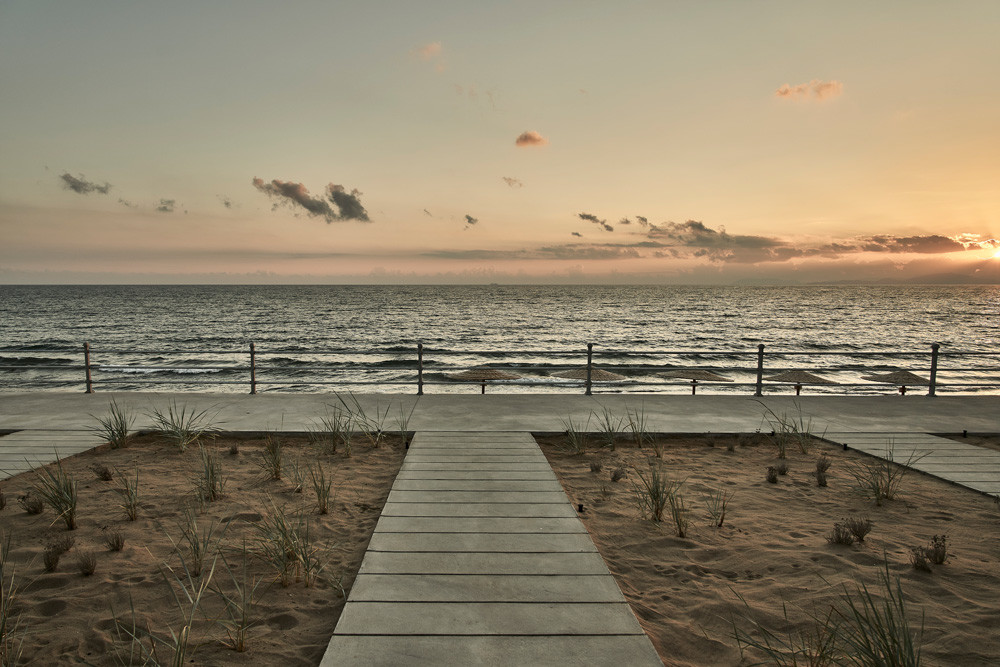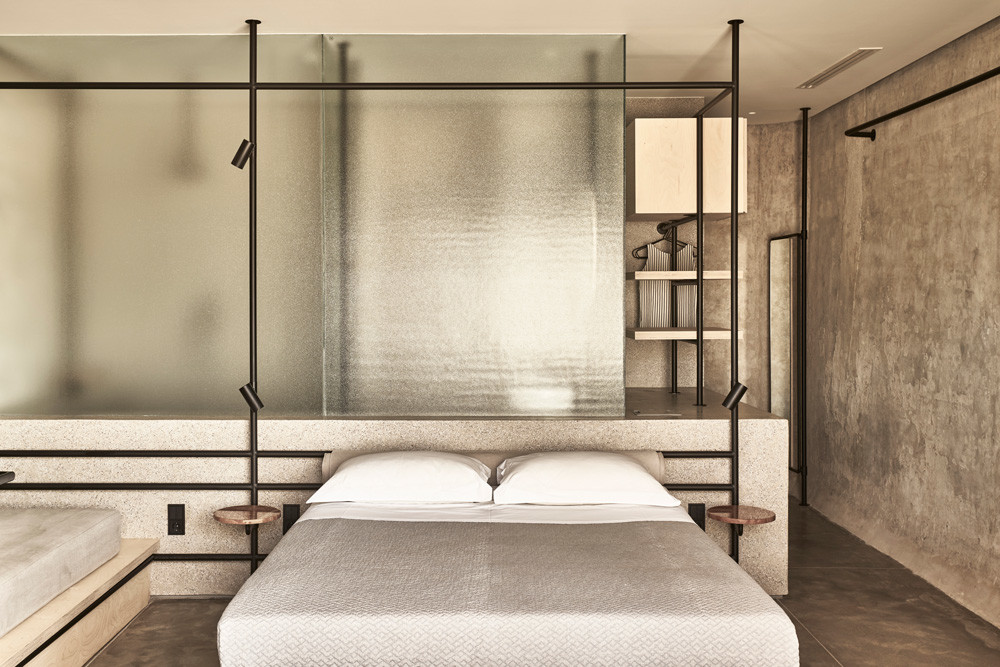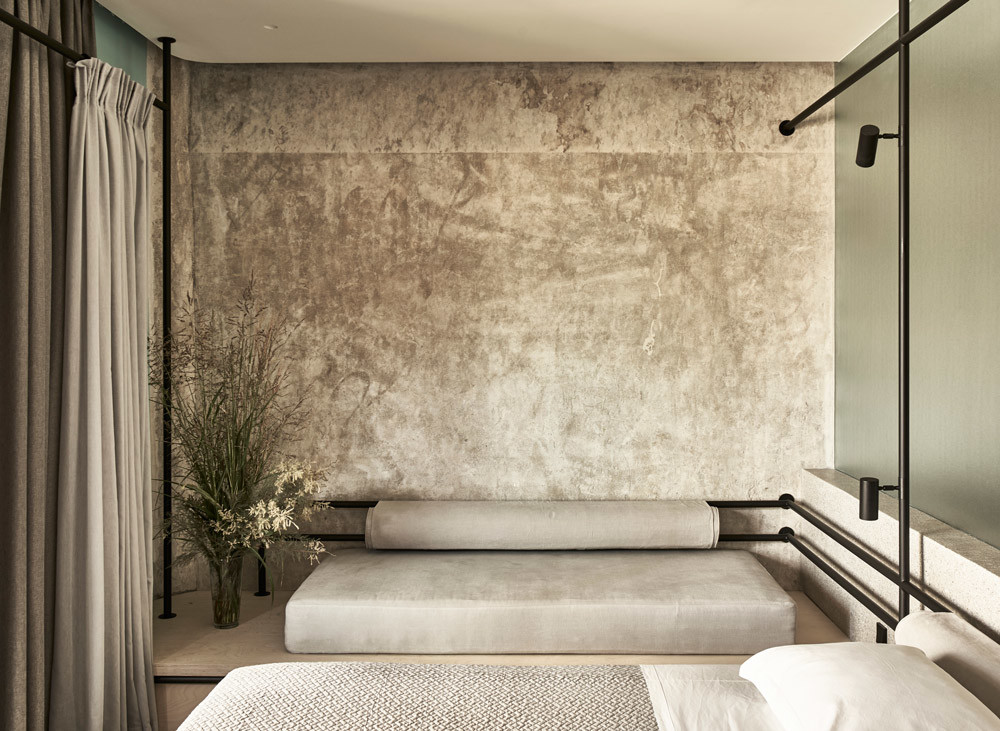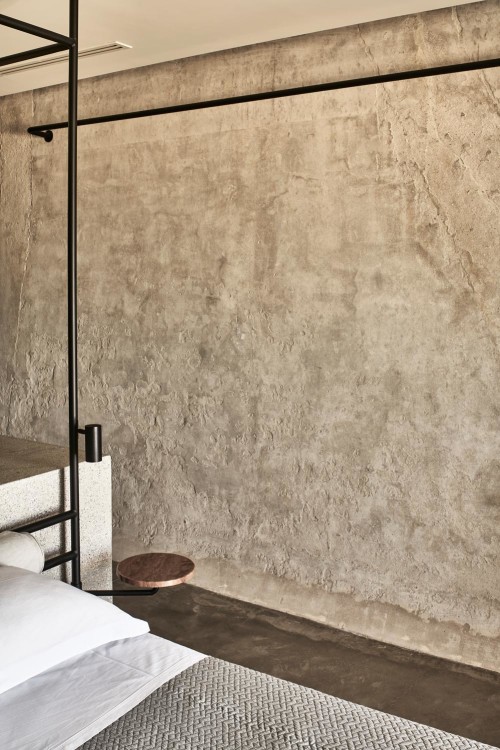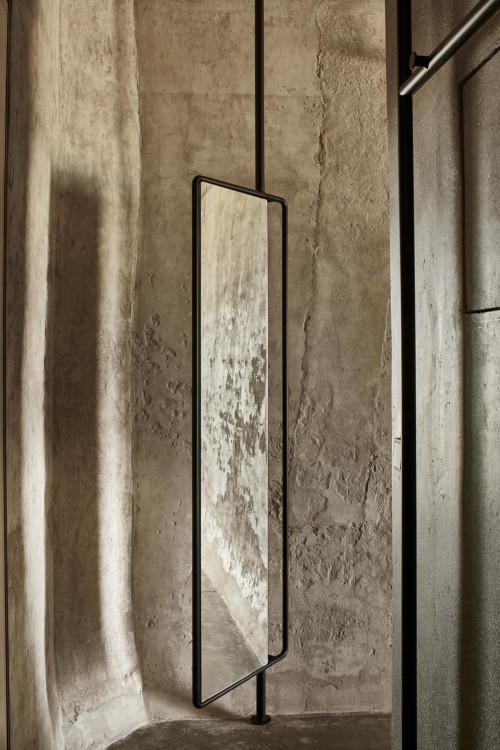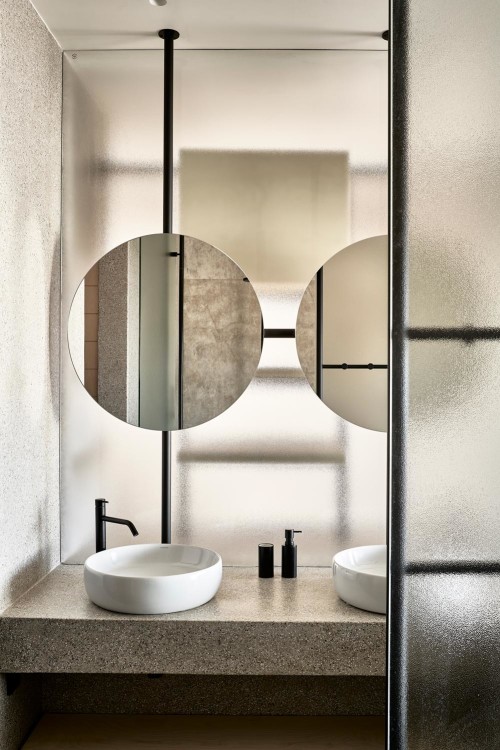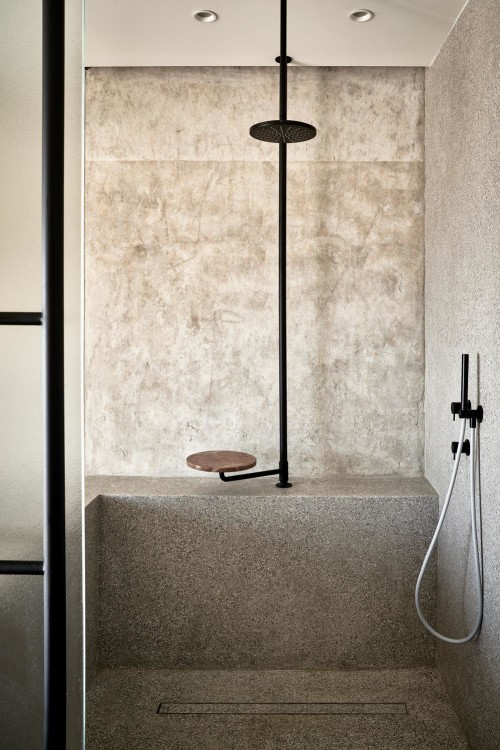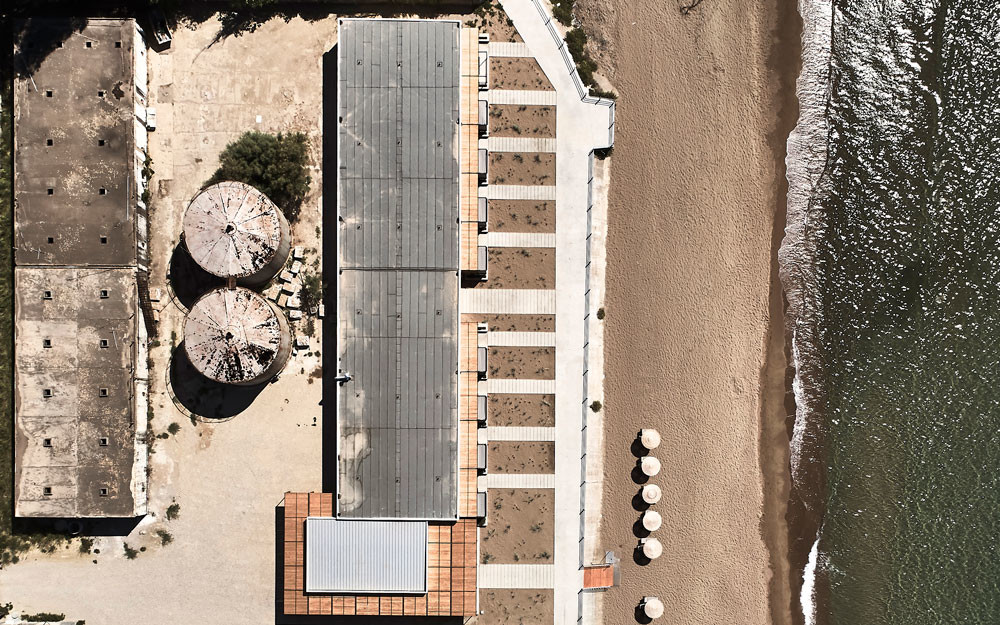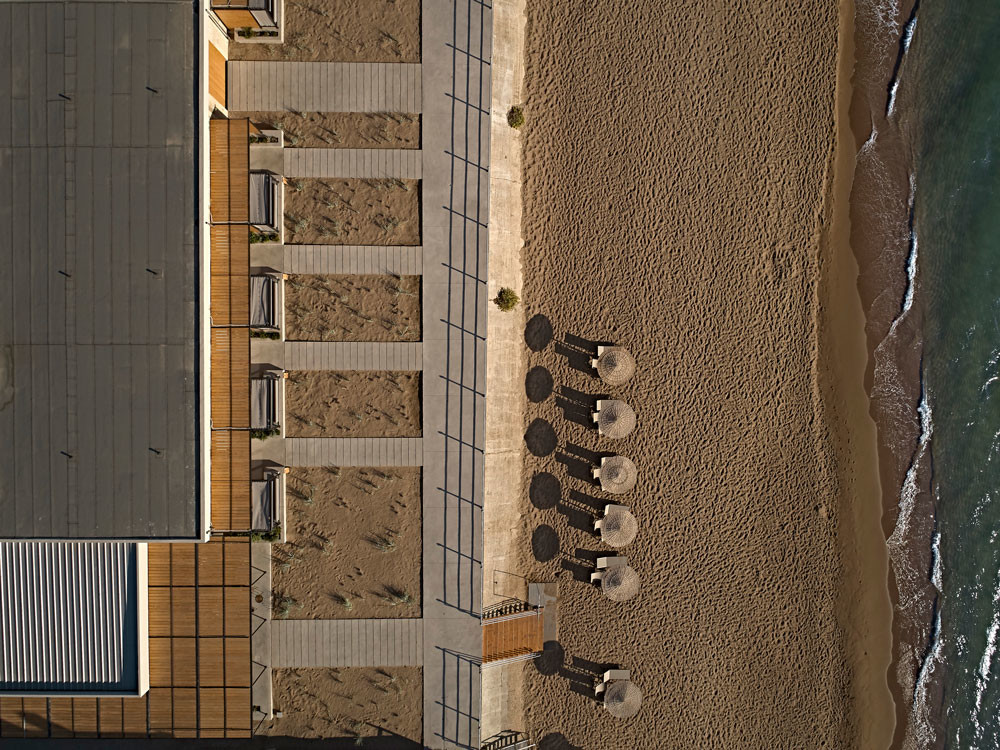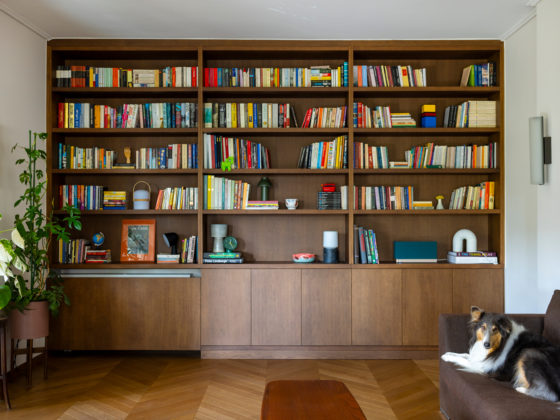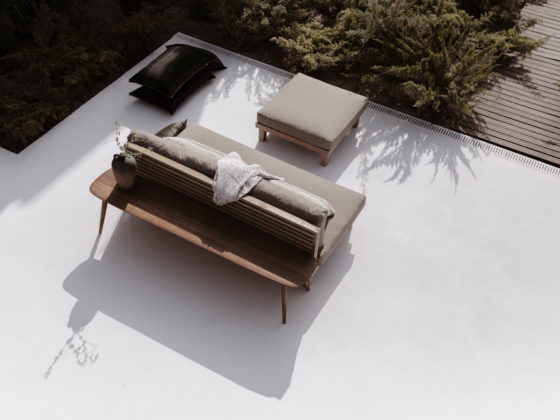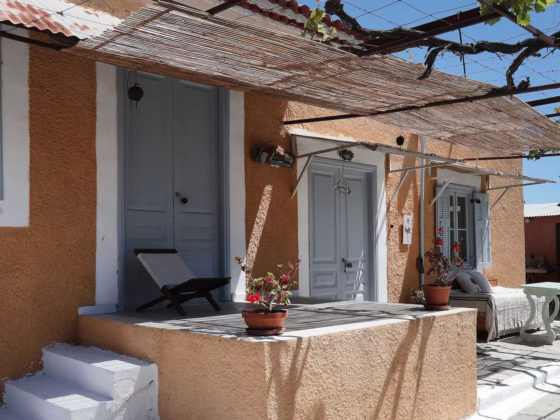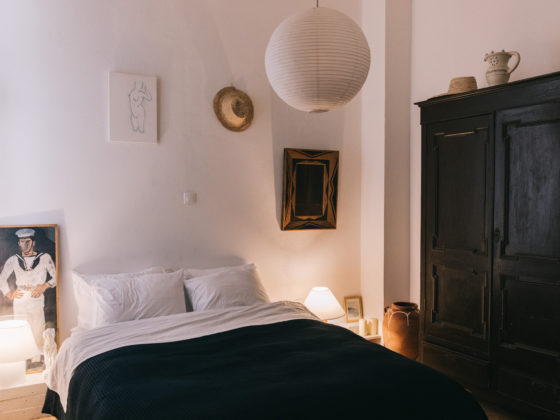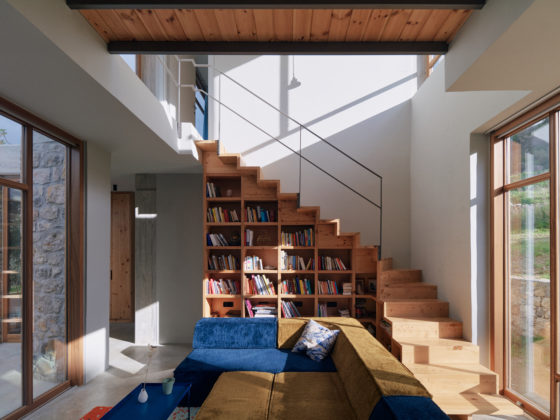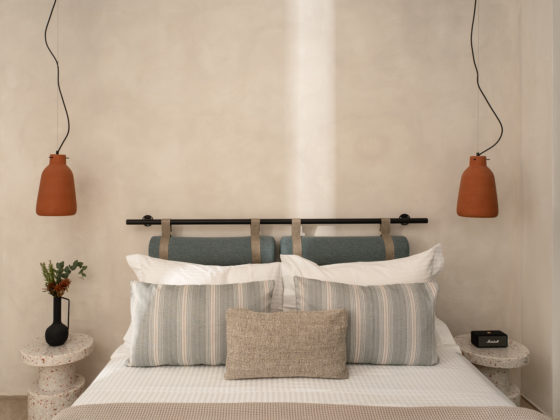The history of Dexamenes dates back to the “Era of Currants”. Since the liberation of Greece in 1830, the cultivation of currants took on impressive dimensions and currants were the main export product of the Greek Kingdom.
But when the “Currants’ Crisis” broke out in 1910 in Greece, the trade of currants collapsed and there was the need to convert the unsold stock of currants into alternative products, such as wine. It was when the first wineries and distilleries were created. Dexamenes was built literally on the sea, so that the ships could be loaded with wine via pipes that were built as a platform on the beach of Kourouta, and then set sail for the major overseas markets.
The derelict, industrial structures that characterize the site have been left relatively untouched since the 1920’s, sitting quietly on a site that literally dips its toes in the water of one of the most unspoiled and beautiful stretches of coastline in the western Peloponnese. It is a naturally ideal location for a hotel.
From the outset it was clear to us all that the strong history and raw beauty of the existing buildings should not only be preserved, but be delicately showcased in a design that would breathe new life into their walls, compliment their brutality with elegant interventions and so transform their austere functionality into a place of calm, comfort and relaxation.
This transformation was the main challenge of the project. The key to the design of the hotel was to contrast and balance out the old and new by using an industrial palette in an elegant way.
Dominating the site are 2 concrete blocks that are divided lengthwise into 2 rows of 10 storage tanks. These tanks, measuring approximately 5m by 6m were perfectly sized to become hotel rooms and so we quickly identified a linear plan of a row of identical rooms with their openings towards the adjacent beach.
Entering your tank, you instantly sense the contrast of the cool, private, monastic personal space inside with the heat and exposure to the elements outside. The proportions are ideal: a comfortable 30sqm of carefully organized and beautifully detailed space, designed to sit within the exposed concrete walls of the tank without inhibiting their unique texture and patina.
Each room features a double bed adjacent to a single bed that can also act as a sofa, an open wardrobe and storage area and a bathroom separated by a wall of textured glass that allows light from the window to reach the back of the tank.
Polished terrazzo surfaces are a link to the colourful texture of beach-pebble aggregates revealed when the concrete walls were sliced through during the construction of the window openings. A huge double shower and separated WC bring a sense of luxurious comfort to the minimal, pared down interior.
Strategically placed steel spot lights are positioned along a steel framework that supports the various elements of the room as it snakes from the bathroom to the bedroom and out to connect to the framework that supports the shading screen and canopy on the patio. It then continues, linking each tank before wrapping around the end of the block to provide the supporting framework of the lounge, bar and reception.
This framework acts like a thin, black underline to the new interventions, signifying the delicate approach to bringing warm hospitality to an industrial site. It is a simple gesture that has a great uplifting effect on these single story, heavy blocks, carving pockets of space out of the air so that the visitor can enjoy the contrast of the sheer mass of concrete block with the intimate proportions of his personal experience alongside or within them.
